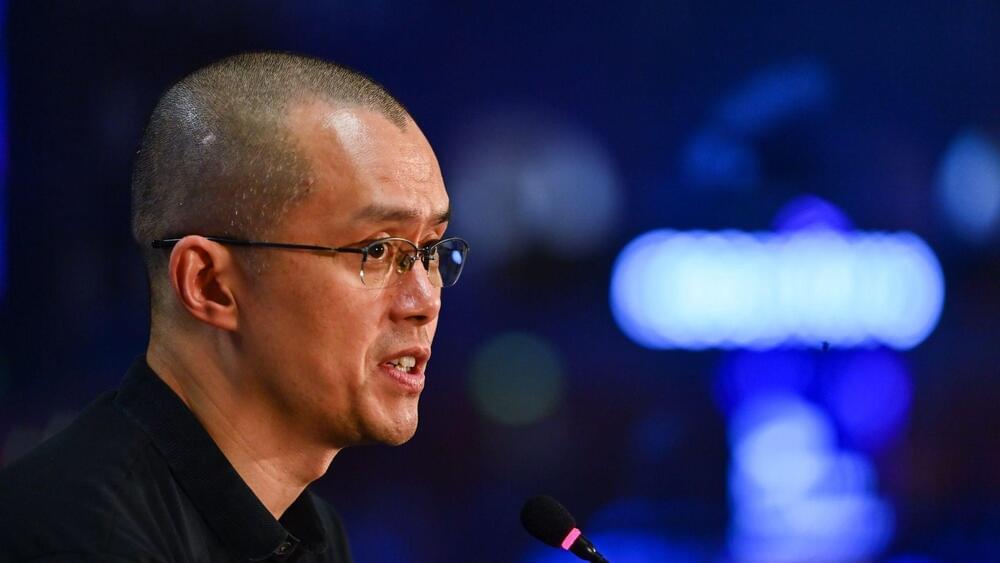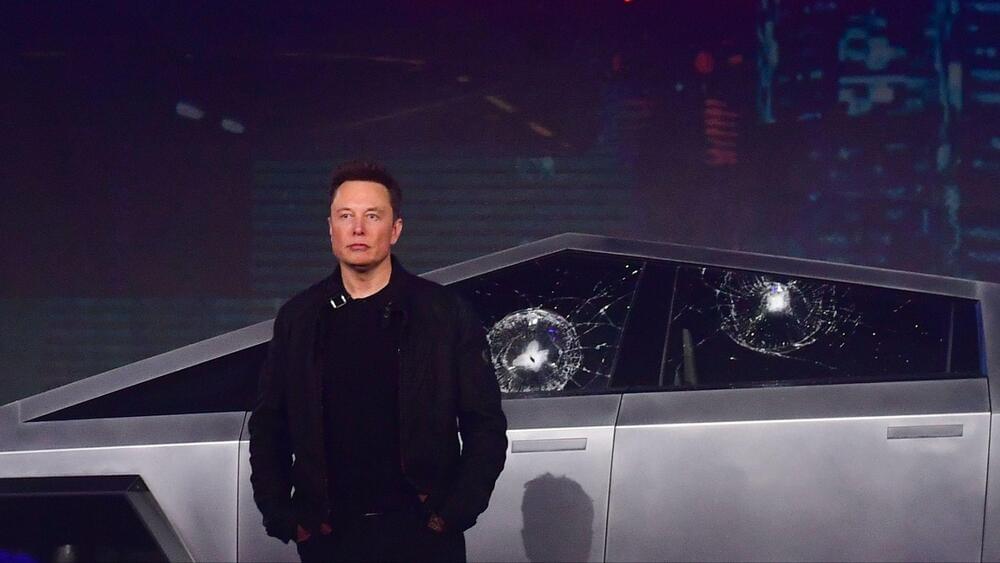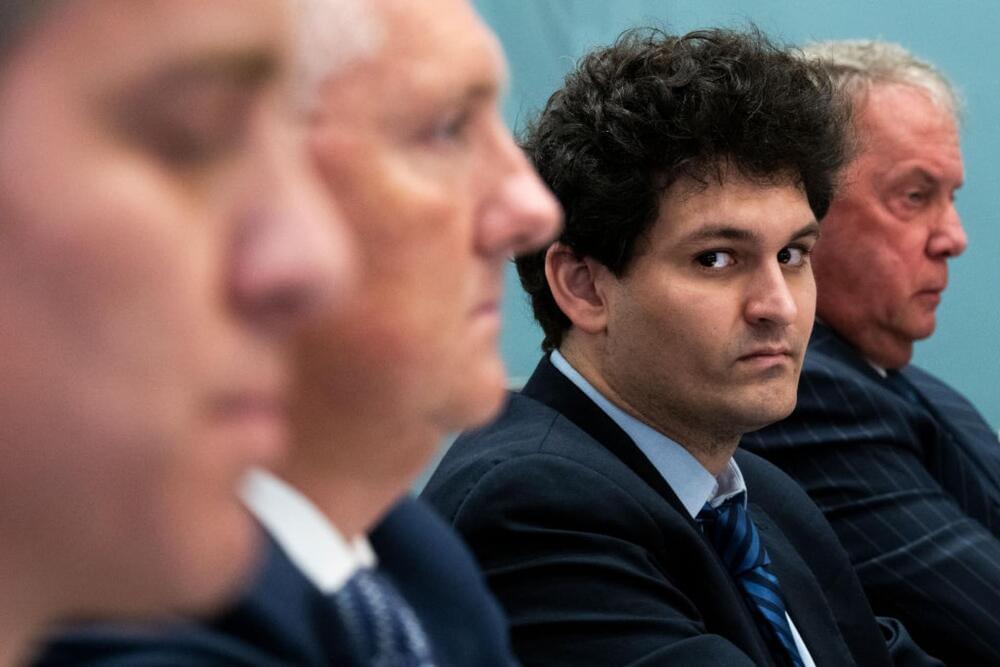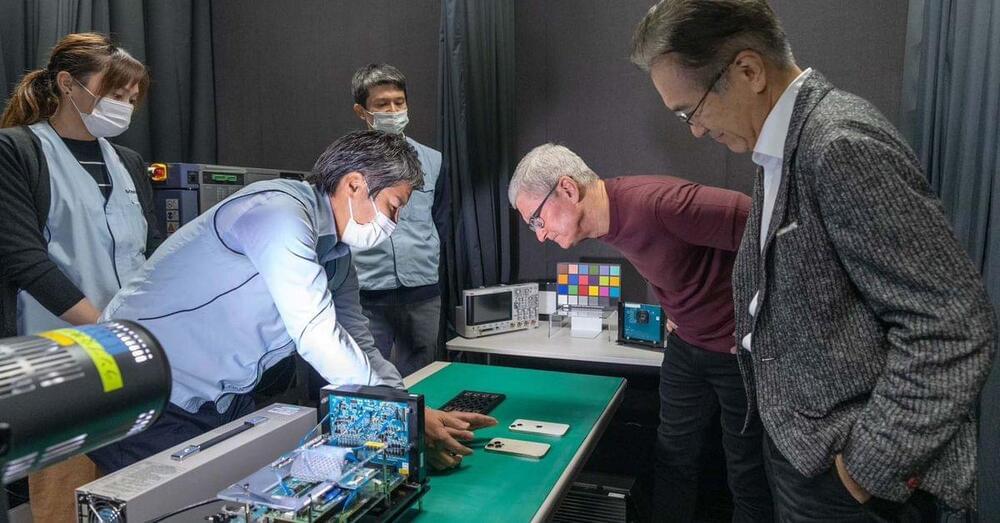They love to bet.
The Institute of Biology at the University of Neuchatel (UniNE) in Switzerland discovered that orangutans and gorillas could make rational economic decisions. According to a new study, apes are similar to humans when it comes to making choices.
Led by Penelope Lacombe, Sarah Brocard, Klaus Zuberbühler, and Christoph Dahl, the study was conducted with orangutans and gorillas housed at Switzerland’s Basel Zoo. The results were published in PLOS ONE on December 14.
“Rather than settling for a treat they are sure to receive, orangutans and gorillas prefer to bet on a bigger reward, even if they are not sure of getting it,” says UniNE.
Lisegagne/iStock.
Led by Penelope Lacombe, Sarah Brocard, Klaus Zuberbühler, and Christoph Dahl, the study was conducted with orangutans and gorillas housed at Switzerland’s Basel Zoo. The results were published in PLOS ONE on December 14.








